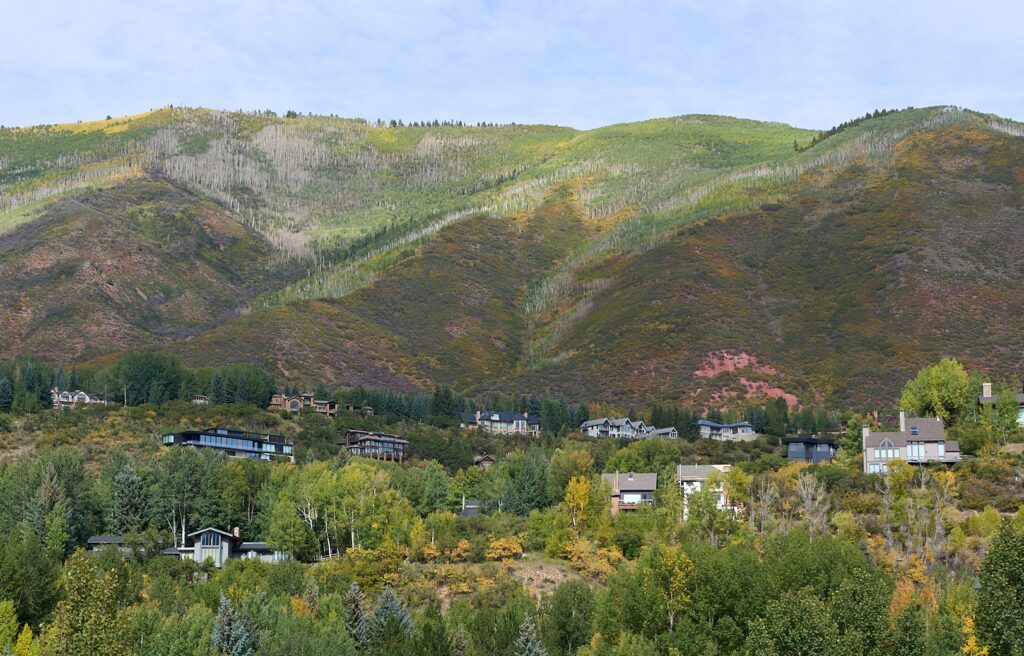Welcoming a New Member to the ACES Family
ACES Staff
November 22, 2013

The ACES family extends beyond our staff and members and includes the amazing animals that help us educate people from all over world. One very special group of animals in the ACES family is our birds of prey, or raptors.
This summer we welcomed a new member to our family, a female Red-tailed Hawk. All of our resident birds have suffered a permanent injury, preventing them from being able to be released into the wild. Our Red-tailed Hawk has a fracture of her right ulna and radius, which can be seen in the diagram below:
Frequently when birds fracture their wings the hollow bones don’t heal right and their ability to fly is impaired. This makes them unable to survive in the wild.
Our Red-tail came from a rehabilitation center in North Carolina. It may seem strange to get a bird from so far away, but it’s not unusual. We once had a bird that came to us from Florida! When someone finds an injured bird they bring it to their nearest rehabilitation center. The rehab center’s first goal is to help the bird become healthy enough to be released into the wild. If this cannot be done they will then try to place the bird with an educational facility that has the permits and training required to host live birds of prey.
Our Red-tail’s journey began in North Carolina when she was put in a pet carrier and loaded on a plane. She arrived in Denver at the Delta cargo facility, a small office tucked in an obscure corner of Denver International Airport. I picked her up and drove her to Aspen. Since her arrival at Hallam Lake we’ve been training our Red-Tail as an educational bird. No matter how much training a bird has they always need time to adapt to their new habitat. Our Hawk was no different. A couple of months after her arrival she’s settled in and is now a feature of ACES’ many programs for kids and adults. We encourage you to come down to Hallam Lake and meet our newest educator!
~ Adam McCurdy, Environmental Science Programs Coordinator
Bird wing bone diagram by L. Shyamal Shyamal (Own work) [CC-BY-SA-2.5 (http://creativecommons.org/licenses/by-sa/2.5)], via Wikimedia Commons. Used under a Creative Commons licence.
Related Content

RFV Phenology: Green is out, yellow is in! Or is it?
Learn More
ACES // City of Aspen Open Space Birding: Marolt Open Space 9/5/2024
Learn More